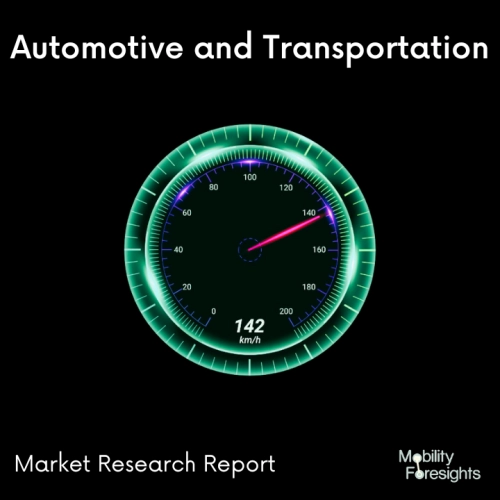
- Get in Touch with Us

Last Updated: Apr 25, 2025 | Study Period: 2023-2030
An organoclay anti-settling agent for solvent-based paints known as a rheological additive was created specifically for use in solvent-based systems that include low-polarity and intermediate-polarity organic liquids.
Organoclay bentonite has been enhanced as a rheological ingredient in paint. Compared to standard rheological agents anti-settling additives, it is more fine and easier to disseminate. The anti-settling rheological ingredient for water-based paints is also employed in water-borne systems. Agent performs better in terms of thixotropy, transparency, and dispersion than classical rheology.
In order to acquire the appropriate rheological qualities for the specific application, rheology modifiers are essential additives utilised in practically every coating. In addition to achieving the proper viscosity, these additives aid in regulating paint shelf stability, application simplicity, open time/wet edge, and sagging. However, selecting the appropriate rheology modifier for your formulation might be difficult when taking into account the current VOC requirements.
Rheology studies how flow and deformation qualities behave in paints and coatings during production, storage, application, as well as film formation. A formulation's vertical flow, levelling, gloss, adhesion, film thickness, covering power, tendency to spatter, brush and roll resistance, tendency to sediment, and pigment stabilisation are just a few of the important properties that are impacted by this factor. Rheology is used in coating production to have the best flow behaviour to the mill base.

The Global EV rheology additives market accountedfor $XX Billion in 2021 and is anticipated to reach $XX Billion by 2030, registering a CAGR of XX% from 2022 to 2030.
The launch of Troythix sophisticated rheology modifiers for non-aqueous systems was announced by Troy Corporation. With little to no effect on apparent viscosity, the new performance additives offer anti-settling and sag resistance capabilities for better application properties.
The purpose of Troythix rheology modifiers is to improve the anti-settling and sag resistance of pigmented systems without significantly altering the mid-shear viscosity profile. These additives also offer low activation temperatures (45°C), resist seeding, and prevent pigment hard caking.
Brad McPhee, Troy's Business Unit Manager for Performance Additives, claims that his company's products "provide great performance that matches or surpasses market standards."
Troy's extensive line of Performance Additives has been further expanded with the introduction of these two rheology modifiers, says McPhee. Other Troythix rheology modifiers, Troysperse dispersants, Troysol wetting and flow & levelling additives, and Troykyd defoamers are included in this portfolio to meet the needs of a variety of coating types and formulator goals.
Troy continues to make large investments in order to offer clients additional value through innovative products, technical support, and full regulatory compliance in addition to a robust worldwide infrastructure to ensure supply reliability.
| Sl no | Topic |
| 1 | Market Segmentation |
| 2 | Scope of the report |
| 3 | Abbreviations |
| 4 | Research Methodology |
| 5 | Executive Summary |
| 6 | Introduction |
| 7 | Insights from Industry stakeholders |
| 8 | Cost breakdown of Product by sub-components and average profit margin |
| 9 | Disruptive innovation in the Industry |
| 10 | Technology trends in the Industry |
| 11 | Consumer trends in the industry |
| 12 | Recent Production Milestones |
| 13 | Component Manufacturing in US, EU and China |
| 14 | COVID-19 impact on overall market |
| 15 | COVID-19 impact on Production of components |
| 16 | COVID-19 impact on Point of sale |
| 17 | Market Segmentation, Dynamics and Forecast by Geography, 2023-2030 |
| 18 | Market Segmentation, Dynamics and Forecast by Product Type, 2023-2030 |
| 19 | Market Segmentation, Dynamics and Forecast by Application, 2023-2030 |
| 20 | Market Segmentation, Dynamics and Forecast by End use, 2023-2030 |
| 21 | Product installation rate by OEM, 2023 |
| 22 | Incline/Decline in Average B-2-B selling price in past 5 years |
| 23 | Competition from substitute products |
| 24 | Gross margin and average profitability of suppliers |
| 25 | New product development in past 12 months |
| 26 | M&A in past 12 months |
| 27 | Growth strategy of leading players |
| 28 | Market share of vendors, 2023 |
| 29 | Company Profiles |
| 30 | Unmet needs and opportunity for new suppliers |
| 31 | Conclusion |
| 32 | Appendix |